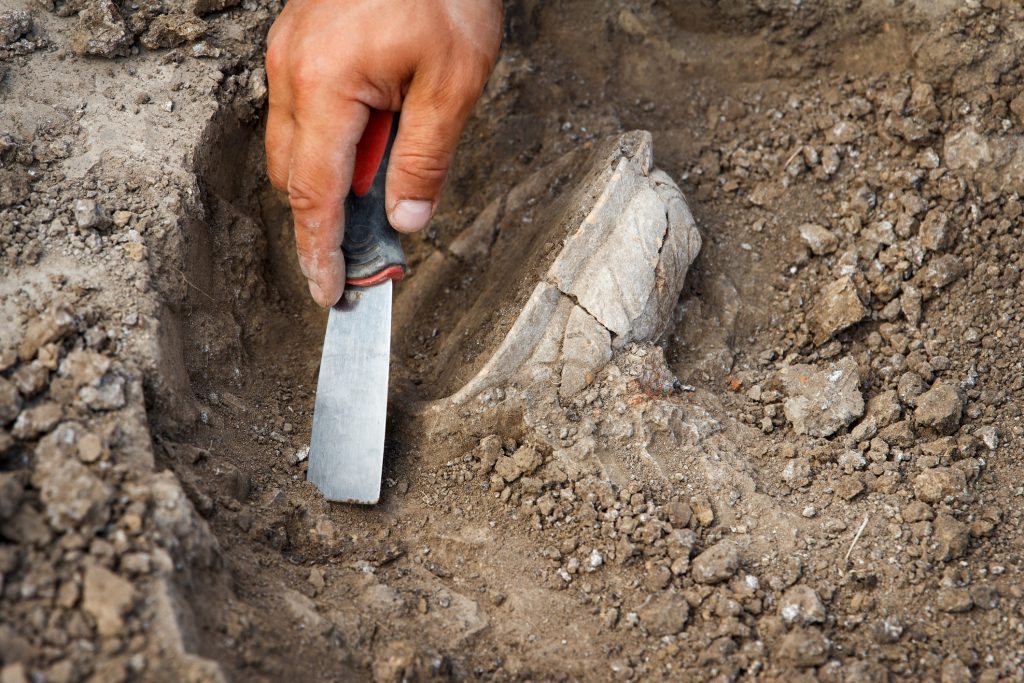Israeli archaeologists have found starch residue from wheat and barley in ancient pottery in the Jordan Valley, citing it as the oldest evidence of social beer drinking.

Researchers say they have discovered the first evidence of social beer consumption in the ancient Middle East, after finding the remains of cereal grains used to produce alcohol in a 7,000-year-old town.
Archaeologists from the University of Haifa discovered the residue from wheat and barley grains in ancient pottery in Tel Tsaf, a town dating back to the Chalcolithic era, from around 5000 BCE.
Beer was used in ancient times for ceremonial and religious purposes. This is the earliest indication of social drinking in the Levant prior to the widespread appearance of alcohol in the Bronze Age (circa 3300 BCE).
The starch showed signs of fermentation when studied under a microscope, pointing to its use in alcohol production.
The university’s Professor Danny Rosenberg said the evidence of alcohol production links to “the evidence we’ve previously uncovered of Tel Tsaf’s prosperity, expressed in its accumulation of agricultural produce, and particularly cereal, in large quantities.”
He added that the researchers imagine Tsaf’s community holding large-scale events with food and beer being consumed in a social context, not just a ceremonial one.
Professor Rosenberg participated in a previous 2014 study, which found evidence of beer production at a Natufian burial site located in Mount Carmel, from some 14,000 years ago. However, they concluded that beer was only used as part of the burial rituals.
Bar these two studies, there has been minimal evidence of beer consumption in the region prior to the Bronze Age, according to Rosenberg.
“It’s unknown at the moment whether the beer whose remnants we found in Tel Tsaf was produced on a regular basis or specifically for major social events,” he said.
He added: “We hope that in the near future, when we can isolate further evidence of beer production at the site and at other sites, we will be able to better understand the role of alcohol in ancient societies, and particularly in those that – as in Tel Tsaf – were on the cusp of significant changes in their social structure as it became more and more complex.”


